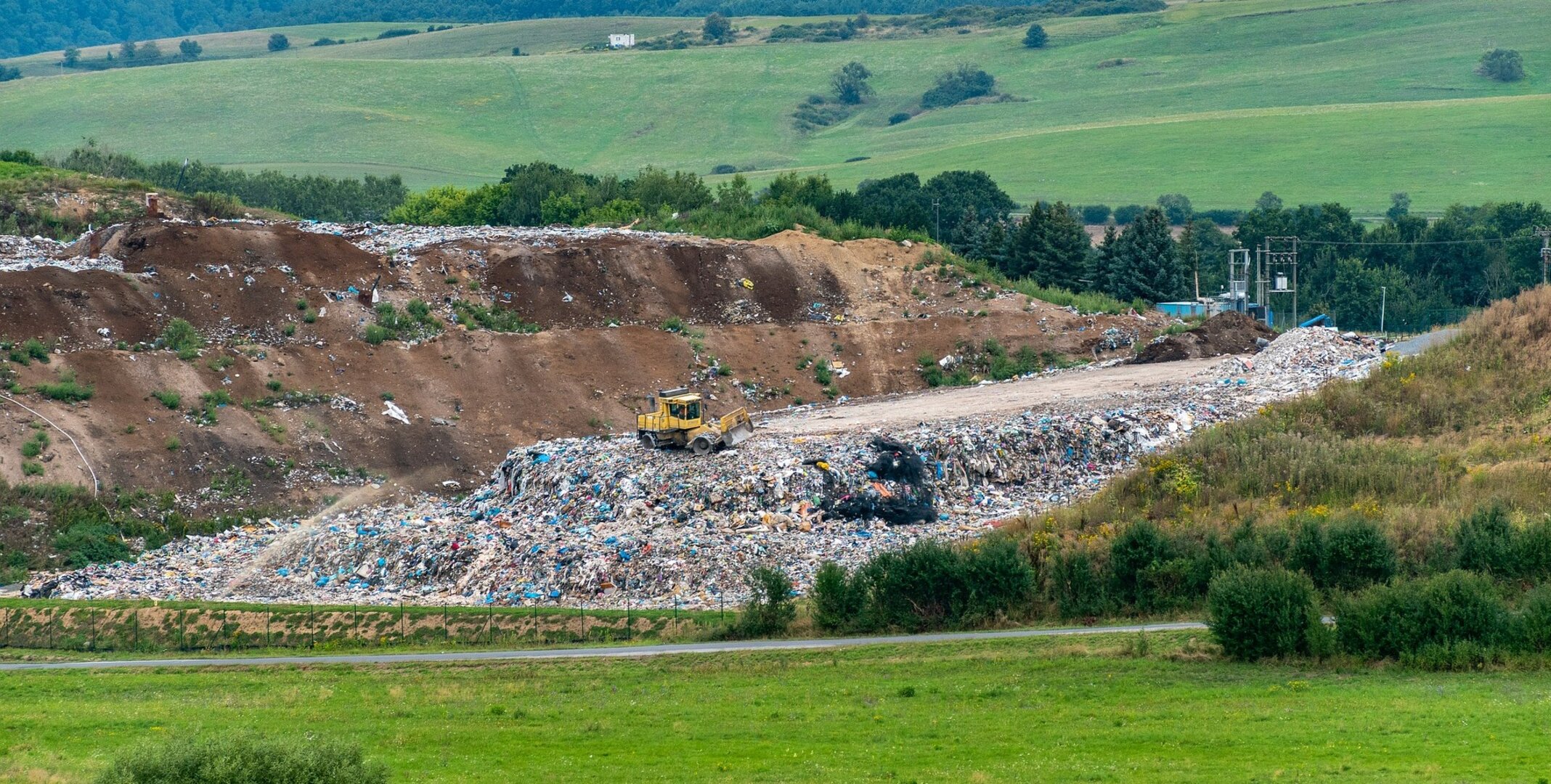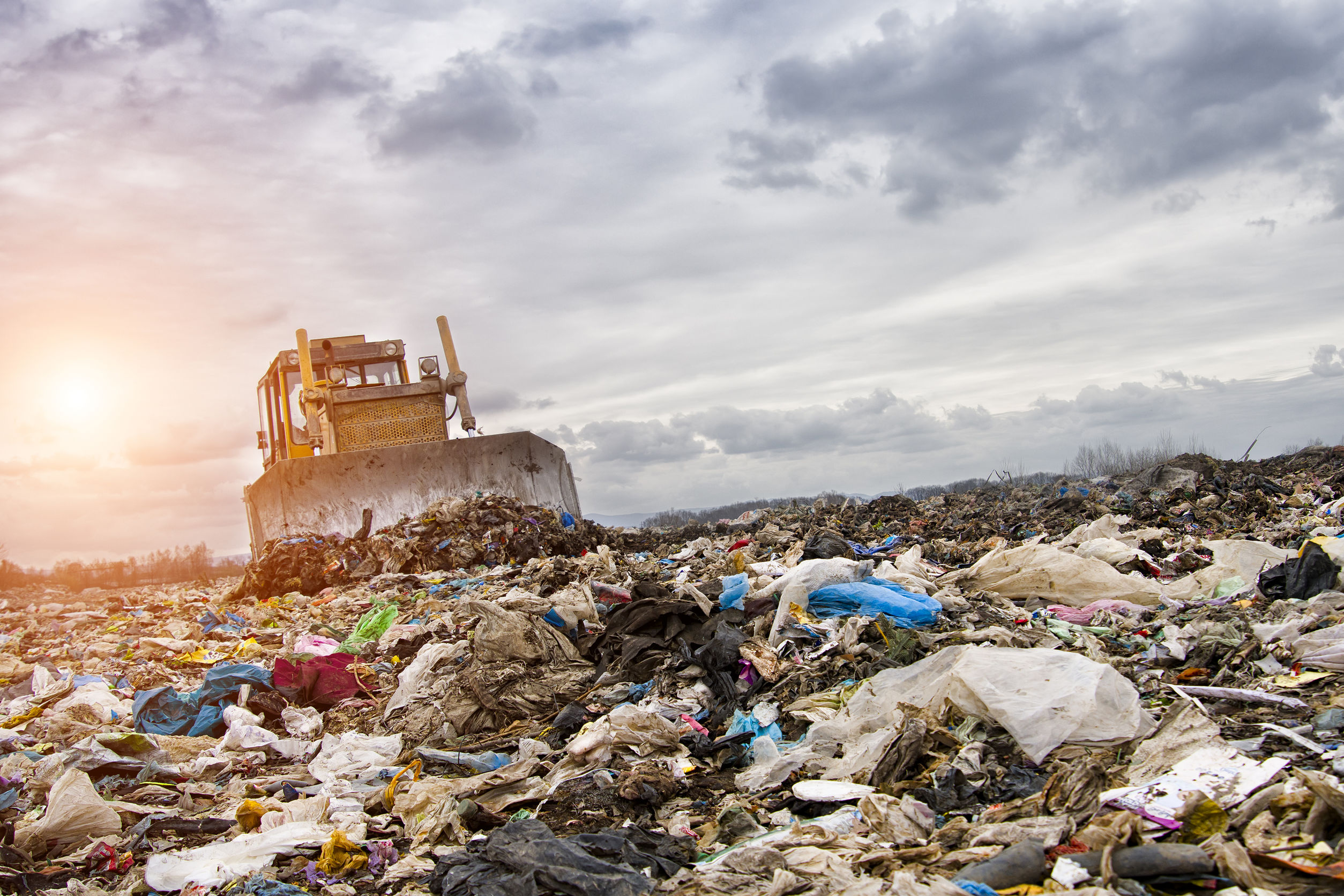
It’s a technical and financial challenge to extract biomethane (also known as “renewable natural gas” or “biogas”) from landfills. An injection plan’s success hinges on an in-depth knowledge of this gas’s properties.
With Varying Amounts Of Each Gas, A Well-Balanced Mixture
All of the waste, the air that enters this same collection system, and various organic compounds made by waste make up landfill gas in varying proportions.
Biogas Is A Byproduct Of The Breakdown Of Organic Matter
Some of the materials that can be recycled include vegetable and food scraps. Residual organic material makes up a large portion of landfill waste. Only about a quarter (25%) of the total weight can be found in the first sorting.
All of our cells contain microorganisms that degrade organic matter when they are exposed to high humidity and a lack of oxygen. Bacteria known as “methanogenic” produce methane anaerobically (CH 4 ).
To generate biogas from natural processes, carbon dioxide and water are the main ingredients (CO 2 ). There are a variety of other gases and aerosols in the mixture, such as ammonia, hydrogen (H2), sulphur compounds (mercaptans), and various acids.
Because of the rapid decomposition of organic matter, the composition of biogas is constantly changing.
Compositional Shifts In Landfill Gas As It Is Used

The Air Inlet For The Waste Collection System
Methane burns readily. It is, in fact, a potent greenhouse gas, with a warming potential far greater than that of co 2. Capturing it is essential to avoid an accident, as well as to prevent it from being released into the air. As a bonus, it reduces odours and encourages the growth of new vegetation.
With the help of a suction gizmo (booster) that is linked up to an extensive network of piping systems, the biogas can be collected. Because the collection network is not hermetically sealed, air (oxygen but not nitrogen) is drawn into it. The amount of air in landfill gas is affected by a variety of factors, including the blower’s setting, wall permeability, and pipe tightness.
A Class Of Highly Flammable Organic Compounds (Vocs)
Collection systems remove volatile waste compounds like paints, solvents, and other cleaning products. Metals in the form of volatile hydrocarbons and siloxanes are also included in this category. Compounds referred to as “volatile organic compounds” are those that are only found in very small amounts (VOCs).
Chemical Composition Of Typical Landfill Gas
The gas sent to the flare or rehabilitation unit contains biogas, air, and polycyclic aromatic hydrocarbons. Other compounds such as carbon dioxide (CO 2) and nitrogen (N 2) make up a significant portion of its composition. The amount of each gas changes as the fermentation process progresses and as external factors such as the type of waste stored.
The volume of gas and the blower setting are directly related. If the suction is strong enough, more air can pass through the flaws in the collection system. Bacterial activity and the production of biogas are also influenced by the temperature and humidity of the environment. The water content of syngas is directly influenced by changes in atmospheric pressure.